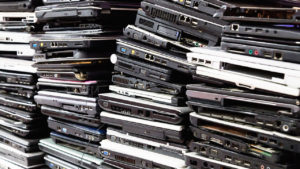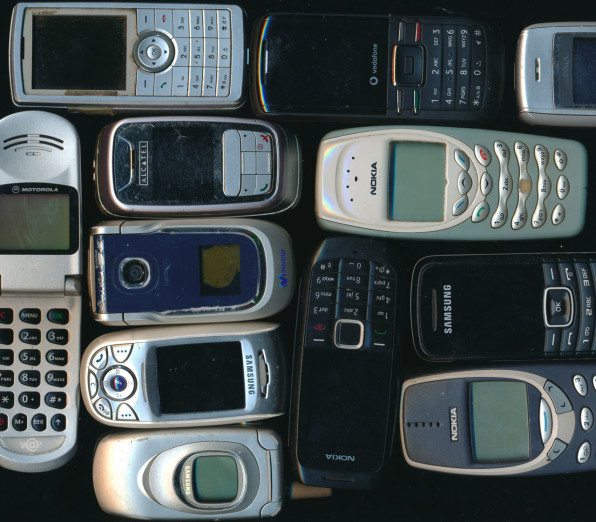Source: fastcoexist.com
Published: September 6, 2016

[Photo: ThamKC/iStock]
As the world runs out of lithium supply, better and more economical recycling methods are sorely needed.
The lithium inside your smartphone battery probably came from a huge brine pool in South America or a mine in Australia. But as demand surges—Tesla’s new Gigafactory, alone, plans to use essentially the entire current world supply of lithium for electric car batteries—researchers are trying to figure out better ways to recycle the material instead.
One solution might come from fungus, which can naturally eat up old batteries and spit out lithium, along with cobalt, another valuable material.
Unlike existing methods of recycling rechargeable batteries, a fungi recycling plant could potentially be both cost-effective and safer for the environment. “The existing methods tend to use harsh environmental conditions, strong acids that are not necessarily great for the environment or for health if there’s a human exposure to them,” says Jeff Cunningham, an environmental engineering professor at the University of South Florida. “There can be toxic emissions from the current processes.”

[Photo: Flickr user FP4U]
Typical battery recycling also requires high temperatures and a lot of energy. If the new fungus recycling process works as planned, it will save energy.
Fungi naturally produce organic acids that can leach out metals. The researchers are working with three strains of fungus that were already proven to be good at extracting other metals from waste; the fungi make oxalic acid and citric acid, which can extract up to 85% of lithium and 48% of cobalt from a crushed battery.
It’s early in the process, and the researchers still have several things to figure out–including whether lithium and cobalt are toxic to fungus. “What we expect is if the metals are toxic, the fungi would probably develop a tolerance over time and still be able to do their job,” says Cunningham. “But that’s something we still have to test.”
The researchers are also working on how to tweak the growth conditions so the fungi can produce more of the acids that are best at extracting metals. They’re also figuring out the best way to use the fungus, whether that’s growing the fungus next to crushed batteries or pulling the acids out of the fungus and using those alone. “There are a number of engineering questions that are going to come a little bit down the line,” he says.
In the meantime, current lithium recycling is too expensive to be commercially viable–and new lithium mines are under construction.
